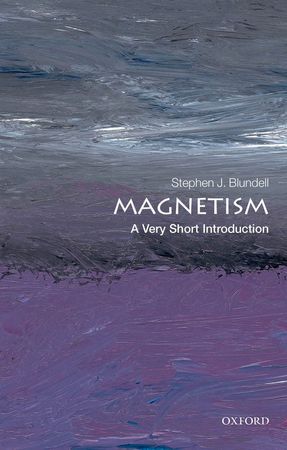- Outline
-
Magnetism is a strange force, mysteriously attracting one object to another apparently through empty space. It has been claimed as a great healer, with magnetic therapies being proposed over the centuries and still popular today. Why are its mysterious important to solve?
In this Very Short Introduction, Stephen Blundell explains why. For centuries magnetism has been used for various exploits; through compasses it gave us navigation and through motors, generators, and turbines it has given us power. Blundell explores our understanding of electricity and magnetism, from the work of Galvani, Ampere, Faraday, and Tesla, and goes on to explore how Maxwell and Faraday's work led to the unification of electricity and magnetism, thought of as one of the most imaginative developments in theoretical physics.
978-0-19-960120-2| June 2012 | paperback |160 pages 174x111mm | 15 black and white illustrations
- Author
-
Stephen J. Blundell is a Professor of Physics at
Oxford University and
Professorial Fellow of
Mansfield
College, Oxford.
- Key points
-
This book explains a fundamental scientific topic and its importance in an accessible way
-
It considers early theories of magnetism including the discovery that the Earth itself is a magnet
-
It explores the work of Michael Faraday and James Clerk Maxwell in unifying magnetism and electricity
- It looks at the quantum mechanical aspects of magnetism
- It considers the importance of magnetism in modern technology, including magnetic storage in computers and the magnetic fields of planets and stars
-
Part of the bestselling Very Short Introductions series - over five million copies sold worldwide
- Reviews
- `This quite amazing
book covers practically everything there is to know about
magnetism. Ten seconds after opening the book, having scanned the
contents section, I knew I was going to read not only about the birth
of magnetism as a branch of scientific study, but also about Maxwell's
equations, relativity, quantum magnetism and technology. Two pages
into the book, and I knew that the book was written in a relaxed,
engaging, easy-to-follow style, which the author maintains
throughout.'
Contemporary Physics
|
- Buy the book!
-

|

